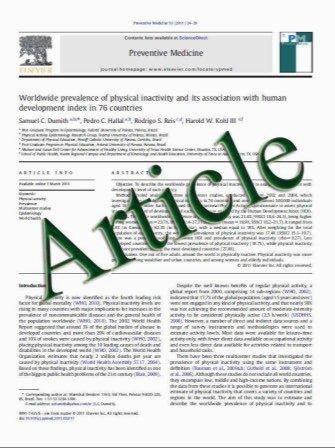In vivo growth of a bioengineered internal anal sphincter: comparison of growth factors for optimization of growth and survival
- نوع فایل : کتاب
- زبان : انگلیسی
- مؤلف : Eiichi A. Miyasaka • Shreya Raghavan • Robert R. Gilmont • Krittika Mittal • Sita Somara • Khalil N. Bitar • Daniel H. Teitelbaum
- چاپ و سال / کشور: 2011
Description
Purpose Our laboratory has developed and implanted a novel bioengineered internal anal sphincter (IAS) to treat anal incontinence. Fibroblast growth factor-2 (FGF-2) has been used in mice; however, the optimal growth factor for successful IAS implantation is unclear. This study compares several growth factors in order to optimize IAS viability and functionality. Methods Bioengineered IAS rings were implanted subcutaneously into the dorsum of wildtype C57Bl/6 mice, with an osmotic pump dispensing FGF-2, vascular endothelial growth factor (VEGF), or platelet-derived growth factor (PDGF) (n = 4 per group). Control mice received IAS implants but no growth factor. The IAS was harvested approximately 25 days post-implantation. Tissue was subjected to physiologic testing, then histologically analyzed. Muscle phenotype was confirmed by immunofluorescence. Results All implants supplemented with growth factors maintained smooth muscle phenotype. Histological scores, blood vessel density and muscle fiber thickness were all markedly better with growth factors. Neovascularization was comparable between the three growth factors. Basal tonic force of the constructs was highest with VEGF or PDGF. Conclusion All growth factors demonstrated excellent performance. As our ultimate goal is clinical implantation, our strong results with PDGF, a drug approved for use in the United States and the European Union, pave the way for translating bioengineered IAS implantation to the clinical realm.
Pediatr Surg Int (2011) 27:137–143 DOI 10.1007/s00383-010-2786-z


